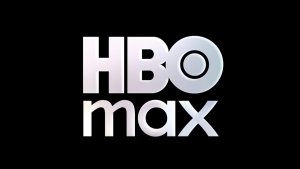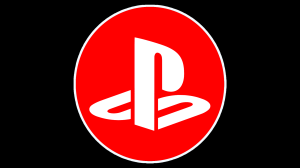The Marvel Cinematic Universe has delivered some serious heavy hitters. We’ve seen Captain Marvel (Brie Larson) blast through starships, Thor (Chris Hemsworth) summon cosmic lightning, and Scarlet Witch (Elizabeth Olsen) rewrite reality itself. In addition, heroes like Hulk (Mark Ruffalo) have defined the raw power scale of the MCU, while figures like Doctor Strange (Benedict Cumberbatch) command mystical forces beyond comprehension. It’s an impressive lineup that can save the universe multiple times. But believe it or not, the vast landscape of Marvel Comics features characters whose power levels make even the mightiest Avengers look like contenders, not champions. These are the cosmic powerhouses, the reality warpers, and the sheer forces of nature still waiting for their MCU debut.
Videos by ComicBook.com
This list dives into heroes whose abilities could fundamentally reshape the MCU as we know it. To make the cut, these characters can’t have had a significant, named role within MCU movies or Disney+ series, but also in the parallel realities often alluded to in the Multiversal Saga. This specifically excludes anyone currently running around in the Sacred Timeline, characters integrated from other realities like the Fox X-Men universe (sorry, Omega-level mutant fans!), and anyone officially confirmed for an imminent debut, like Sentry or Franklin Richards. With that in mind, here’s our pick for the ten most powerful Marvel heroes that have not made their MCU debut.
Blue Marvel
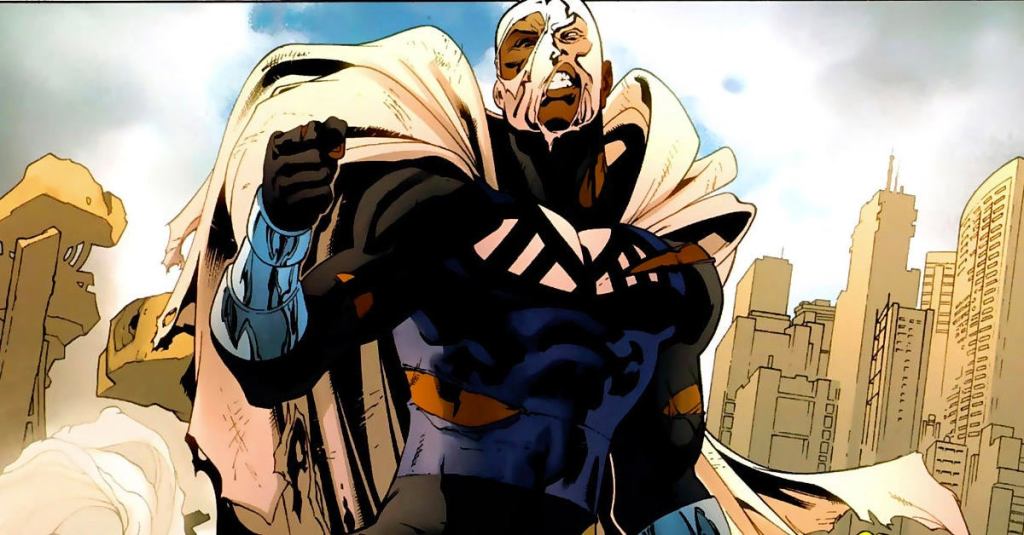
Adam Brashear operates as a living anti-matter reactor, a source of staggering power derived from a Negative Zone experiment gone right. Thanks to these powers, this brilliant physicist and decorated Marine became the Blue Marvel, debuting in 2008’s Adam: Legend of the Blue Marvel #1, from creators Kevin Grevioux and Mat Broome. Blue Marvel’s abilities place him firmly in the upper echelons, boasting superhuman strength capable of shifting meteors the size of Arkansas and matching heavyweights like the Hulk and Sentry. In addition, nigh-invulnerability allows him to withstand hydrogen bomb detonations, while his speed lets him easily surpass escape velocity.
Blue Marvel channels anti-matter for devastating energy projections and constructs, possesses molecular manipulation powerful enough to heal others, and retains his genius-level intellect. Tragically, Brashear’s initial heroic career in the 1960s was cut short due to racial prejudice after his identity as a Black man was revealed. His eventual return brings a powerhouse with a unique, poignant history, making Blue Marvel a compelling character the MCU has yet to tap into.
Hyperion

As Marvel’s primary Superman analogue, Hyperion stands as a cornerstone of the Squadron Supreme. The original villainous version debuted in 1969’s The Avengers #69 from Roy Thomas and Sal Buscema, but the heroic Mark Milton iteration, co-created by Thomas and John Buscema, quickly followed in 1971’s The Avengers #85. Typically presented as the last survivor of a parallel Earth’s Eternals, Hyperion metabolizes cosmic radiation to fuel immense physical power. His strength rivals the Hulk’s, he achieves faster-than-light speeds, and his durability allows him to trade blows with Thor. Furthermore, potent “atomic vision” heat beams add to his offensive capabilities.
Across his multiversal appearances, Hyperion consistently operates as a planetary-level force. His potential MCU introduction via the multiverse could provide a fascinating, perhaps darker, take on the classic Superman archetype, filling a power niche currently vacant on the big screen.
[RELATED: The 10 Best Weapons in Marvel Comics (And Number 1 is Crazy)]
Gladiator

Kallark commands the Shi’ar Imperial Guard as Gladiator, a Strontian powerhouse created by Chris Claremont and Dave Cockrum, who first appeared in 1977’s The X-Men #107. His power level is directly proportional to his self-confidence, making him uniquely formidable yet vulnerable. When his conviction holds, Gladiator accesses staggering abilities mirroring Superman: strength enough to shatter planets, reaction speeds measured in nanoseconds, near-invulnerability sufficient to survive inside stars, and devastating heat vision.
Gladiator represents one of the absolute physical peaks in the Marvel Universe, capable of overwhelming cosmic titans. However, should his confidence waver, his immense power fades significantly. This psychological dimension, combined with his ties to the Shi’ar Empire, makes Gladiator a complex and compelling cosmic force whose potential MCU debut hinges on the broader introduction of Shi’ar space.
Nova (Richard Rider)

Chosen by the dying Xandarian Rhomann Dey, teenager Richard Rider inherited the Nova Force and became a cosmic hero. Debuting in 1976’s The Man Called Nova #1 by Marv Wolfman and John Romita Sr. (with design work by John Buscema), Rider’s journey took him from Earth-bound crimefighter to Nova Prime, the leader of the entire Nova Corps.
In his ultimate form, Rider contains the whole, near-infinite Nova Force and the Xandarian Worldmind supercomputer. This grants him unparalleled energy manipulation, absorption, and projection, alongside superhuman physicals and the ability to create stargates for travel. His power rivals cosmic entities like the Silver Surfer, making him a one-man galactic defense force. Despite the Nova Corps featuring prominently in Guardians of the Galaxy, Richard Rider’s critical role as potentially Marvel’s most powerful human cosmic hero remains conspicuously unfilled in the MCU.
Quasar (Wendell Vaughn)

Wendell Vaughn became the Protector of the Universe through circumstance and temperament rather than destiny. This former S.H.I.E.L.D. agent, deemed suitable for the Quantum Bands due to his lack of aggression, first appeared as Marvel Boy in 1978’s Captain America #217 before adopting the Quasar name in 1979.
The Bands connect Qasar to the limitless Quantum Zone, allowing him to masterfully manipulate energy. His specialty is creating incredibly durable energy constructs of any shape, absorbing vast amounts of energy, flying via “Quantum Jumps,” and projecting powerful beams. Furthermore, access to infinite energy makes Quasar a versatile cosmic defender capable of facing Herald-level threats. Given the MCU’s focus on the Quantum Realm, Vaughn’s power set offers a natural thematic fit.
Beta Ray Bill
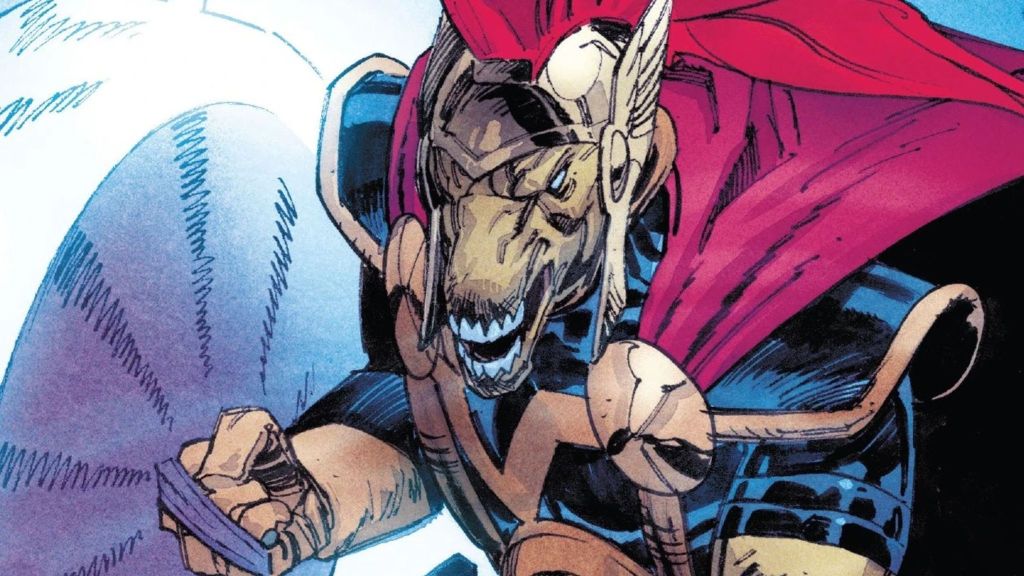
Walt Simonson introduced this fan-favorite Korbinite warrior in 1983’s The Mighty Thor #337, shattering expectations by revealing the monstrous-looking alien as profoundly noble. Beta Ray Bill’s cybernetic enhancements grant him Thor-level strength and durability, but his worthiness truly shines. He famously lifted Mjolnir, prompting Odin to forge Stormbreaker, an equally potent Uru hammer granting Bill the full spectrum of Thor’s abilities: galactic storm manipulation, energy projection, faster-than-light flight, and interdimensional travel.
A seasoned warrior who has battled Thor to a standstill and claims moon-shattering power, Bill is far more than just a “horse-faced Thor.” Though hinted at via an Easter egg in Thor: Ragnarok, Beta Ray Bill’s formal arrival is eagerly awaited by fans wanting to see this unique wielder of Odin’s magic join the MCU’s cosmic ranks.
Molecule Man

Owen Reece’s life changed forever following a lab accident involving a particle generator, granting him reality-altering powers. First appearing in Stan Lee and Jack Kirby’s Fantastic Four #20 (1963), Molecule Man gained psionic control over all matter and energy down to the subatomic level. This ability essentially makes him nigh-omnipotent, capable of transmuting substances, generating force fields, firing energy blasts, and warping reality itself.
[RELATED: 10 Best Avengers Stories of All Time]
Molecule Man’s power was once considered second only to the Beyonder. Often, Reece’s own psychological instability and self-doubt served as his greatest limitation, preventing him from fully unleashing his potential, especially regarding organic matter. Whether acting as a villain, anti-hero, or reformed figure, Molecule Man’s fundamental control over existence makes him one of Marvel’s most powerful beings, a key piece seemingly perfect for multiverse stories that the MCU hasn’t yet put on the board.
Captain Britain

Brian Braddock became the mystical champion of the British Isles after being chosen by Merlyn and Roma. First appearing in the UK-exclusive Captain Britain Weekly #1 in 1976, the physics student selected the Amulet of Right, gaining access to potent interdimensional energies. These energies grant him immense superhuman strength, high-speed flight, significant durability, and the ability to project powerful force fields.
At times, Captain Britain’s power level has been directly linked to his confidence, potentially increasing his already formidable might. Braddock anchors Marvel UK’s unique blend of magic and multiverse, leading teams like Excalibur and interacting with the Captain Britain Corps. While a “Braddock” was mentioned in Avengers: Endgame, the hero himself has yet to officially arrive and represent the UK’s mystical side in the MCU.
Rachel Summers (Prestige)
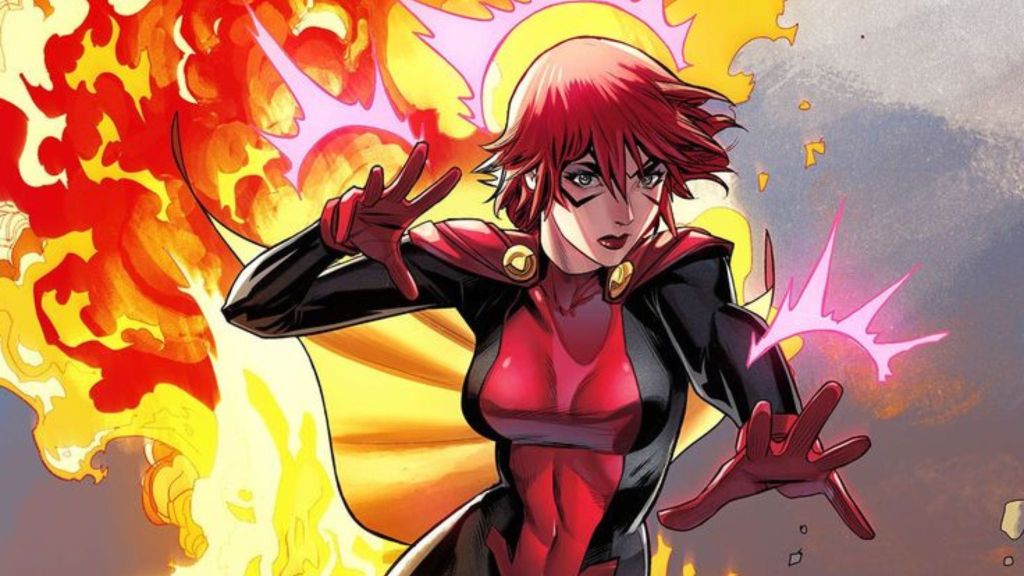
Originating from the dark “Days of Future Past” timeline (Earth-811), Rachel Summers carries the genetic legacy of her parents, Cyclops and Jean Grey. This Omega-level mutant, created by Chris Claremont, John Byrne, and John Romita Jr. for 1981’s The Uncanny X-Men #141, possesses vast telepathic and telekinetic abilities. She can control minds, project illusions, generate immense telekinetic shields and blasts, and manipulate matter with her thoughts on a massive scale.
Furthermore, Rachel served as a host for the Phoenix Force, retains a residual connection to the entity, and has unique temporal abilities like chronoskimming (astral time travel) and psychometry. Combining Omega-level psionics with the Phoenix legacy and time-displaced origins, Rachel Summers represents a powerhouse X-Men character with deep lore connections, currently untapped by the MCU.
Mr. M
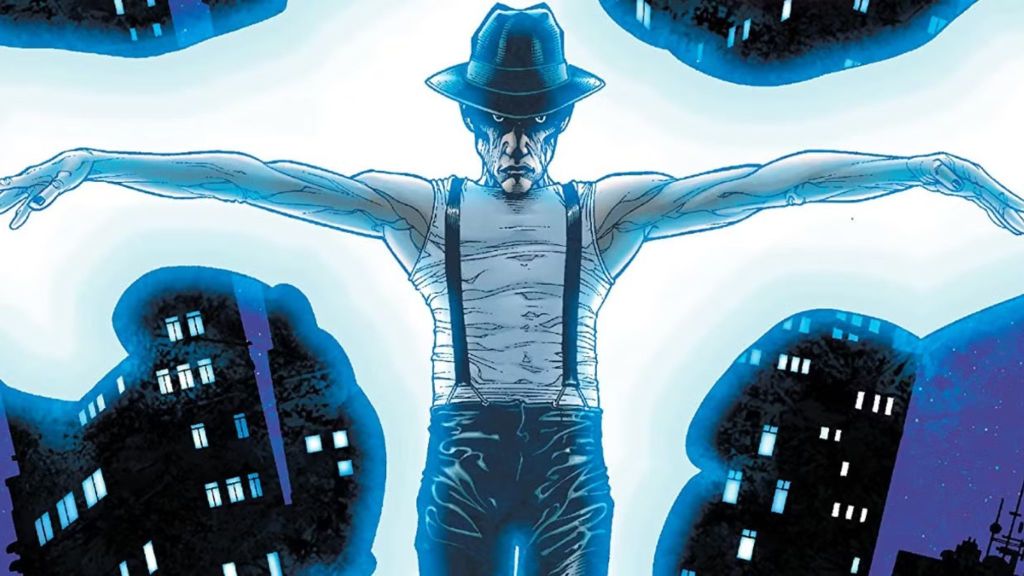
Absolon Mercator wields the Omega-level mutant power of subatomic matter manipulation. Introduced relatively recently in 2004’s District X #2 by David Hine and David Yardin, Mr. M initially lived a quiet life before M-Day. Since then, he has become a major player in key X-Men storylines.
Mr. M’s ability allows him precise control over matter and energy, enabling him to transmute substances, repair technology, generate energy fields, heal fatal wounds, manipulate biological forms, and even alter the powers of other mutants. This fundamental control over the physical world makes him incredibly powerful and versatile, capable of reshaping reality around him. Often depicted with a calm, philosophical outlook despite his immense capabilities, Mr. M offers a unique, potent mutant power set distinct from more common abilities, presenting an intriguing possibility for future MCU X-Men stories.
Which of these powerhouses are you most hyped to potentially see join the MCU? Let us know in the comments!






